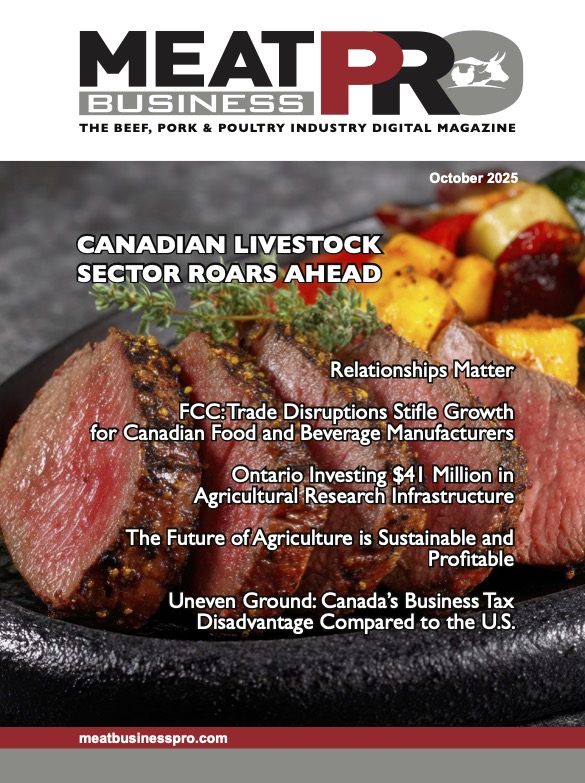Canadian beef farmers say they’re on track to meet 2030 greenhouse gas emissions goal

A report on the sustainability of the Canadian beef industry says there is more beef being produced from the same number of animals, but with lower emissions
CBC News
The Canadian Roundtable for Sustainable Beef this week released its assessment of the industry from 2014 to 2021. It was completed with $2.8 million in funding from the federal government.
The report highlights a 15 per cent reduction in greenhouse gas emissions which means the industry is on track to meet its goal — to cut emissions by a third before 2030. The roundtable says the sector creates 2.4 per cent of the country’s greenhouse gas emissions that contribute to climate change. And beef farmers continue to explore techniques for cutting them.
“A lot of it’s more efficient production practices,” said Ryan Beierbach, who is chair of the roundtable and a farmer near Whitewood, Sask.
The report says faster cattle growth reduces the time needed to bring an individual animal to market — leading to a smaller carbon footprint.
Kathleen Glover, a research scientist with Agriculture and Agri-Food Canada in Nappan, N.S., is looking to continue that trend by researching best varieties of legumes to add to existing grass pastures. She said spreading seeds on frozen pastures in late winter or early spring avoids the need to plow the soil which releases carbon dioxide.
Kathleen Glover, a researcher with Agriculture and Agri-food Canada, is investigating the best legumes to seed on pastures when the ground is still frozen. That technique avoids plowing the soils which releases carbon dioxide. Above, tiny Langille birdsfoot trefoil plants, a type of legume developed in Nova Scotia, poke through grasses. (Kathleen Glover)
“It just really boosts the animal gain and the economic efficiency of the beef industry when they can grow high-quality forages,” Glover said.
Glover said previous research on the technique known as frost seeding was dropped when fertilizer and fuel prices were lower. Now, she is focusing on the best techniques to add the legumes that have higher protein than grass and aid digestion.
Dean Manning is a second-generation farmer in Falmouth, N.S., with about 80 beef cattle in addition to growing fruits, vegetables and other crops.
After taking over from his father about two decades ago, Manning said the farm started rotational grazing.
The practice of moving cattle is part of an ongoing project for research biologist John Duynisveld who also works at Agriculture and Agri-Food Canada’s research farm in Nova Scotia. He said research so far shows the same piece of land can support 40 per cent more grazing days when cattle are moved three times day, compared to once every four or eight days.
“It does take more time, but it’s time that very quickly pays back. Within two or three years your pastures become more productive,” Duynisveld said.
A aerial file photo of cows grazing on a Saskatchewan farm. Researchers say moving cattle more often can lead to more productive pasture land.
Pastures and nature
Manning also fenced off streams in his pastures to create a buffer between cattle and the water
The report found a national trend toward lower accumulations of nutrients, usually from fertilizer and animal waste, in waterways over seven years. Meanwhile, water consumption increased by less than a per cent nationally.
As wildlife habitat is being lost across the country, the report also notes cattle farmers can play a role by restoring areas to a natural state.
Manning said the discovery of vulnerable bird species, including the bobolink, by researchers last summer has influenced the location of cattle pastures on the farm.
“We’ve even changed their grazing just a little bit to allow [birds] that spot so that they even have a better habitat,” he said. “The more you learn, you can apply some of those things and that I think we’ve been doing that.”
Beierbach is optimistic beef farmers across the country can continue to work toward goals to sustainability — including reducing methane emissions which make up 61 per cent of the nation’s on-farm carbon footprint from beef.
“We set really aggressive goals,” Beierbach said.
“When we look at what we’ve got to do moving forward, I think we can keep working on efficiencies.”











